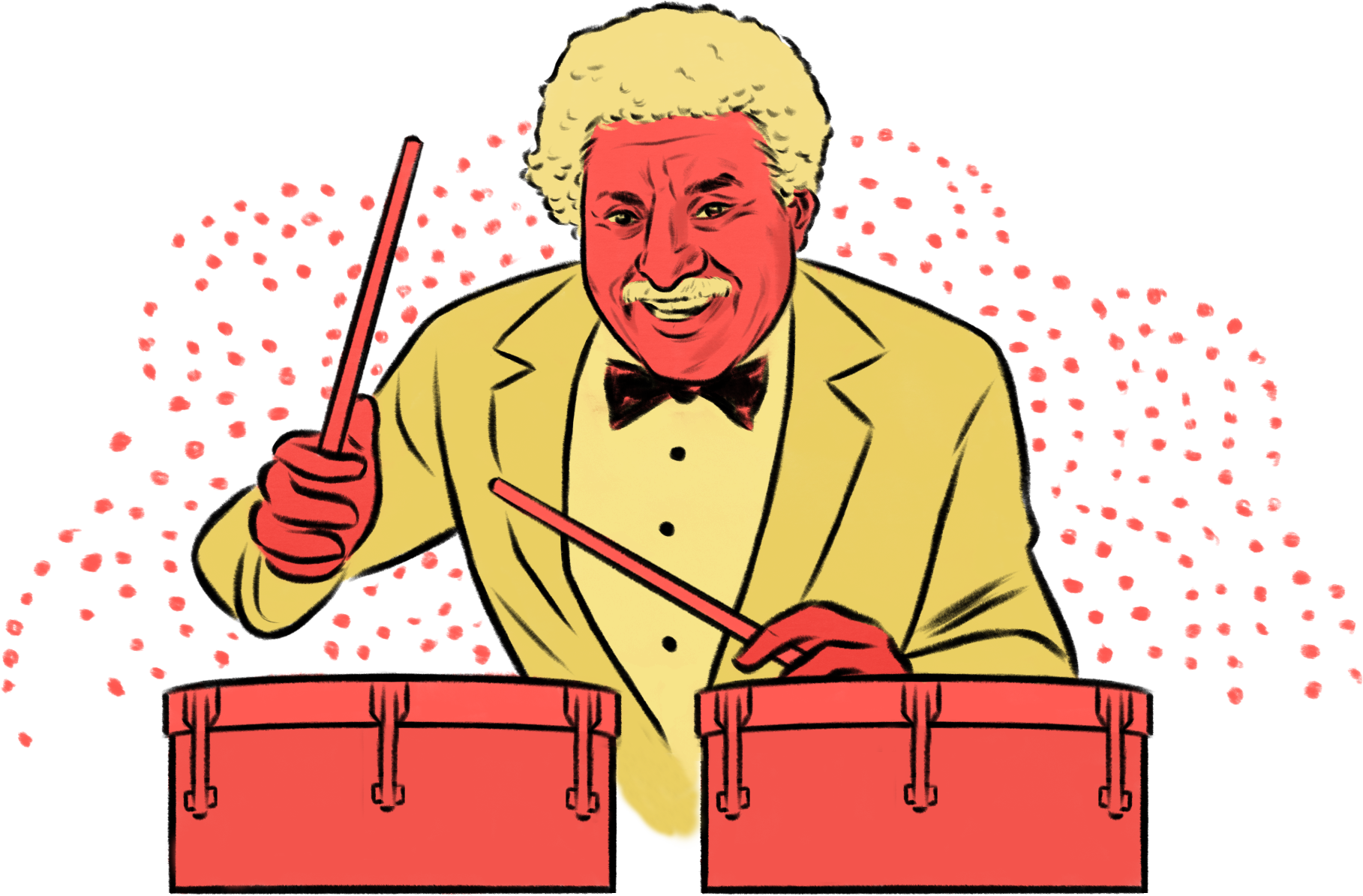A Visual History of Salsa in New York
Jessica Lipsky and the Museum of the City of New York chronicle the key figures and enduring significance of the pan-Latin musical genre
Salsa is more than music. A movement born abroad and nurtured by immigrant communities in the heart of New York City, the uptempo, percussive and horn-driven music combined Latin and Afro-Caribbean rhythms to create the first pan-Latin musical genre that reflected the people who performed, enjoyed and danced to its beats.
“Salsa was never really pure because it always combined so many different sounds. They called it salsa, but [artists such as] Willie Colón, who worked with Héctor Lavoe, made music for Puerto Ricans. Other musicians focused on Cuban sounds,” said Dr. Derrick León Washington, a curatorial postdoctoral fellow who developed Rhythm & Power: Salsa in New York, an exhibit at The Museum of The City of New York. “The musicians were listening to other types of music – the boogaloo and R&B in the late ’60s, English language soul and and disco in the ’70s.”
Major record labels such as Fania, and the artists signed to them, took those influences and focused on making music in Spanish but without targeting any culture in particular. The inclusive nature of salsa music created immense social power and pride among its listeners, who used salsa as a springboard for activism.
“Salsa tells the complexity of Puerto Rican people, Latinos, people of color, the good, the bad and everything in between,” Washington said. “[Salsa music showcased] a pride in the people – not that they were better than any ethnic group, but almost a redistribution of power in a better way for everyone that showed they’re not just a problem or minority, but just as good as everyone else was.”
In Rhythm & Power, the curatorial team at MCNY use concert photography, ephemera, video and album art to showcase a New York culture whose influences have touched the world. Here, the museum shares select images that showcase how salsa music influenced activism in 1970s New York City, as well as the unique dance culture that continues to define the genre today.
.0b451431.jpg?auto=format&w=700)
Photographs by Frank Bauman for LOOK Magazine
New York’s specific style of salsa dance has its roots in the Latin dance crazes of the early 1960s, including mambo, charanga and the pachanga. Photo: Museum of the City of New York, LOOK Collection / Text: Jessica Lipsky

Courtesy of Chico Álvarez and the Museum of the City of New York
“What’s different about New York salsa is really the forwarding of trumpets and trombones. The trombones and horns mimic what’s going on outside in New York City,” Washington said. “It’s not smooth like other types of Caribbean music.” Photo: Courtesy of Chico Álvarez and the Museum of the City of New York / Text: Jessica Lipsky
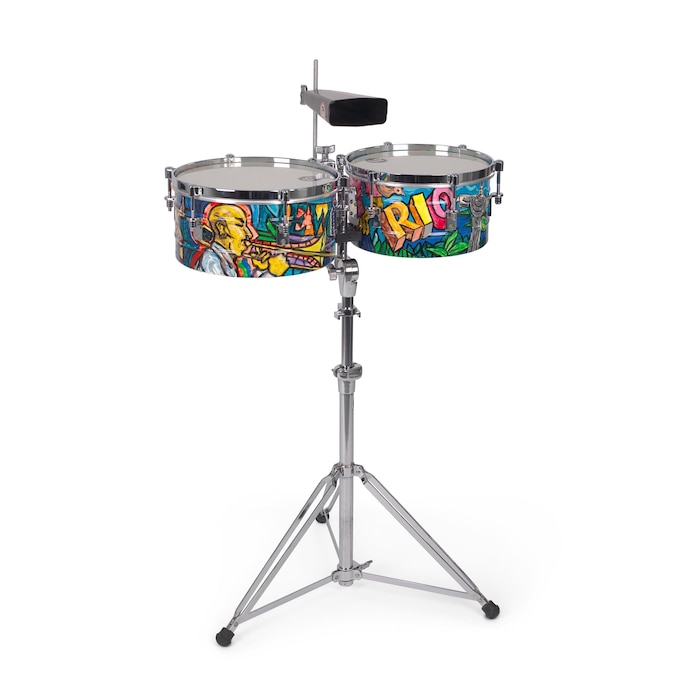
Courtesy of Margaret Puente and the Museum of the City of New York
“I envision salsa as similar to punk music or hip-hop or New York jazz because it started from trained musicians and also self-taught musicians,” Washington said. “It started mostly in working class or poor neighborhoods as a voice of the people and it spread out, as really popular and a huge money-maker and a global [sound].” Photo: Courtesy of Margaret Puente and the Museum of the City of New York / Text: Jessica Lipsky
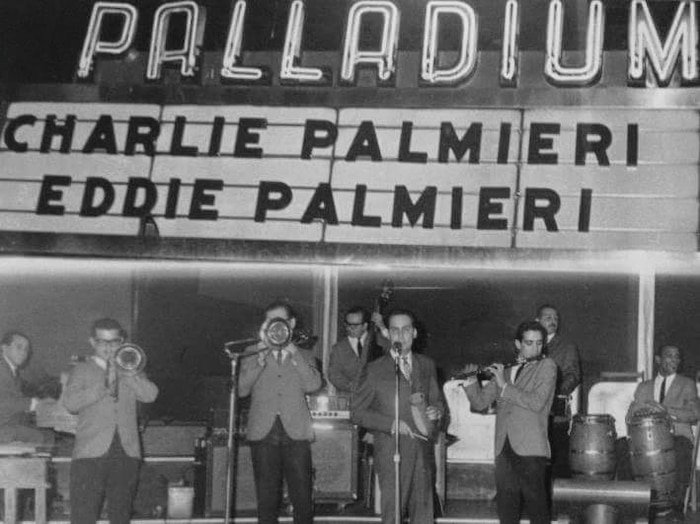
Courtesy of Edward Palmieri
There is controversy on what salsa is and where it began – in Puerto Rico or in Cuba. “I make the argument that what salsa is is an industry, a huge industry that started during the mambo craze in the 1950s,” Washington said. Bandleader Eddie Palmieri created heavier, more danceable Latin sounds in the early ’60s by replacing violins with trombones – which would later influence salsa.
However, Palmieri has called salsa a “misnomer and a lack of respect” to the different rhythmic patterns. “You’ve got to start with rumba. Out of that comes yambú. You have guaracha, mambo, cha-cha-cha. They all have their proper names,” Palmieri said. Photo: Courtesy of Edward Palmieri / Text: Jessica Lipsky

Courtesy of Marlis Momber
Salsa erupted from New York’s streets and clubs in the ’70s, a time when the city was facing bankruptcy, crime was skyrocketing and many low-income and working class neighborhoods were under social and economic siege. In El Barrio, the South Bronx and the Lower East Side – places with large Latino populations and where many musicians lived – the exuberance of salsa music served as a soundtrack for activism and reclamation. Photo: Marlis Momber / Text: Jessica Lipsky
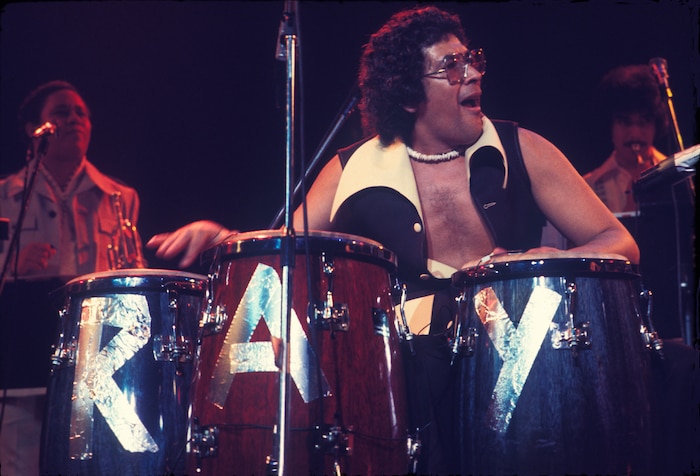
Courtesy of Lee Marshall and Pablo E. Yglesias
While salsa may be thought of as simply dance music, its musicians and lyrics spoke to the realities of daily life. Conguero Ray Barretto (whose influence can be felt in boogaloo and jazz as well as salsa) was the musical director of the Fania All-Stars, a salsa group featuring Joe Bataan, Willie Colón, Mongo Santamaría, Pete “El Conde” Rodríguez and others. He was one of many salsa artists to take a political stance in his music.
“Ray Barretto is an activist focusing on sociology, what’s happening with New York City, why are there drugs and so much violence,” Washington said. “[Trombonist and singer] Willie Colón’s ‘La Gran Fuga’ is an FBI image on the cover. It’s kind of a joke, putting on a persona of a bad guy, but it also resonated with the people when NYC was about to hit bankruptcy.” Photo: Lee Marshall / Text: Jessica Lipsky
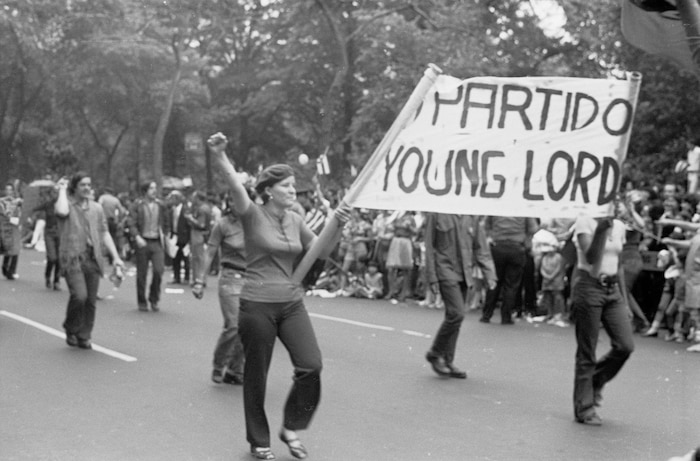
Courtesy of Máximo Colón
Salsa came to prominence alongside the rise of the Black Arts Movement, the Nuyorican movement and Puerto Rican nationalist/activist group the Young Lords. “What really interests me about that time, and relates to the exhibition… is the overall narrative of Puerto Ricans as poor, as delinquents. It’s also the idea of pride, that they were as they were,” Washington said. Photo: Máximo Colón / Text: Jessica Lipsky
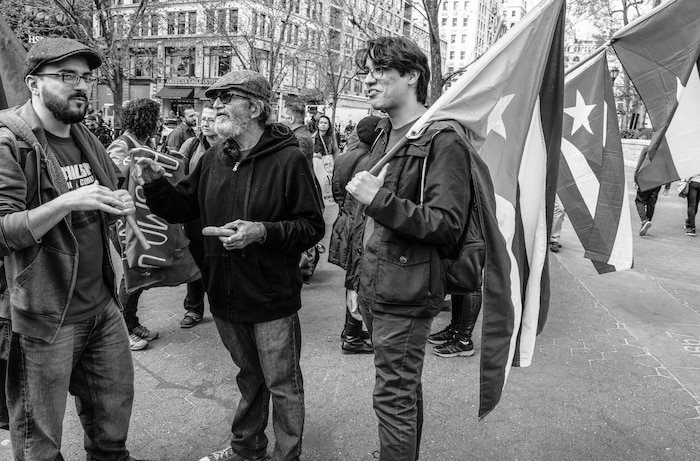
Courtesy of Marcela McGreal
“When media and exhibitions only talk about poverty and immigration in relation to the Latino community, this fails to speak to the multiple and full experiences of this community of intersecting communities,” Washington said. “We're tired of these single narratives.” Photo: Marcela McGreal / Text: Jessica Lipsky
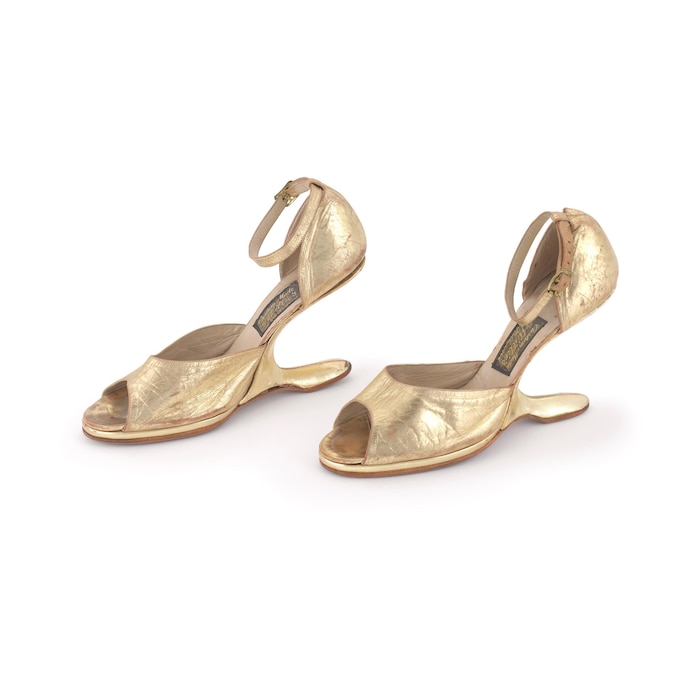
Courtesy of Celia Cruz Legacy Project (Omer Pardillo Cid, Executor) and the Museum of the City of New York
Grammy-winning Cuban vocal powerhouse Celia Cruz was the queen of salsa, producing 23 gold albums during her career and receiving a National Medal of Arts. She recorded eight albums for Tico Records with Tito Puente, three albums with Willie Colón and was a member of Fania All-Stars. She had an operatic voice, rhythmic style, a knack for improvisation and a colorful stage presence. Cruz was known for wearing huge wigs and a succession of colorful, unique heeled shoes. She was singular in more ways than one.
“There were not many female singers but many male singers. I show that with a poster from Fania that says ‘Salsa is king.’ [On it] there’s all male musicians sitting down, with beautiful women standing up,” Washington said. “These were guys from the barrio, all working class guys, now they’re in three-piece suits. We all have to be honest with the story of how salsa was and is marketed.” Photo: Museum of the City of New York / Text: Jessica Lipsky
.c2ff3ce8.1770cc2d.jpg?auto=format&w=700)
Courtesy of Edward Palmieri and the Museum of the City of New York
To say nothing of its extremely talented musicians, heavy marketing campaigns helped define the genre and garnered the first Grammys for salsa music. Record companies such as Fania put out influential music that was widely distributed and eventually accepted by non-Latino mainstream artists such as Stevie Wonder, whose 1973 hit “Don’t You Worry ’bout a Thing” features Cuban rhythms. Yet following the tradition of many up-and-coming genres, there was tension between labels and artists.
“It’s very complex – in some instances [artists] might have been exploited. On the other hand, with Fania Records and some other companies, they’d say the artists never read the contracts,” Washington said. “There were some companies like Alegre Records who put out great music and the idea wasn’t to make tons of money. Fania put out good records that didn’t make money and shared different kinds of music; they also called a lot of music ‘salsa’ that wasn’t.” Photo: Museum of the City of New York / Text: Jessica Lipsky
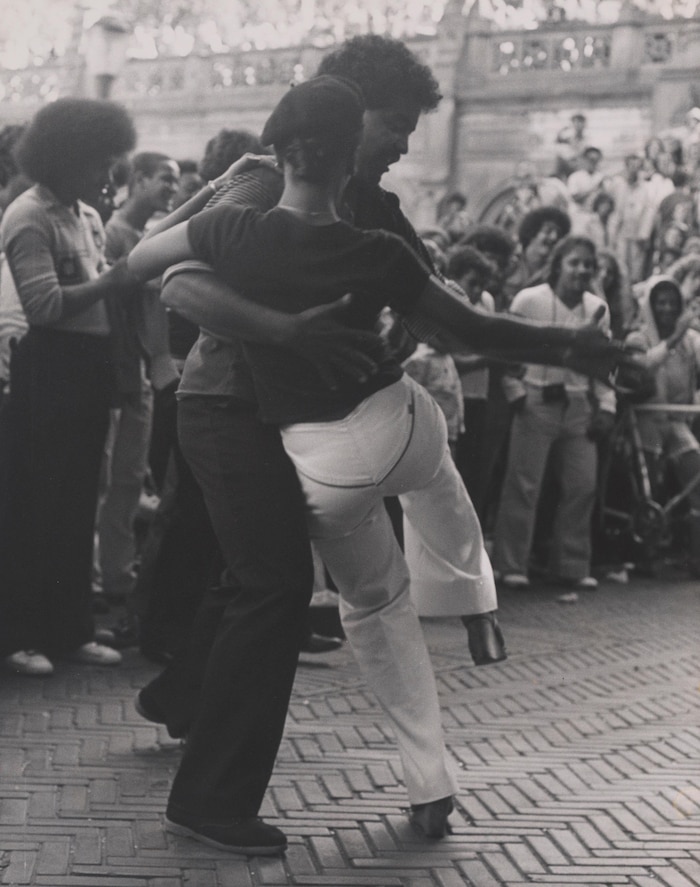
Courtesy of Robert Iulo and the Museum of the City of New York
“Dance is important – it’s a party that brings people together, it’s also a proper way of learning, keeping people healthy and challenging the way people live,” Washington said of his movement-heavy exhibit. “Through the power of dance, people challenge political systems, poverty.” Photo: Robert Iulo / Text: Jessica Lipsky
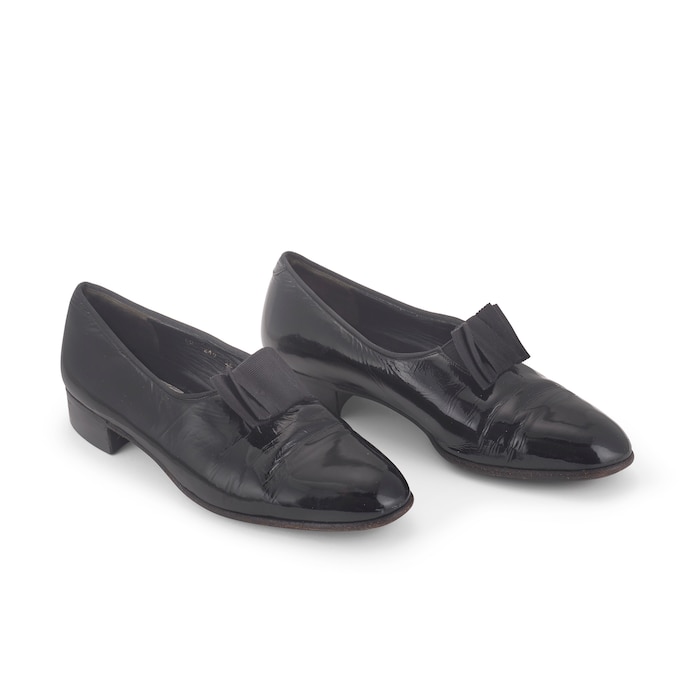
Courtesy of Margaret Puente and the Museum of the City of New York
New York salsa dancing is its own style, pioneered by Eddie Torres at the Corso nightclub on East 86th Street and inspired by the music of Tito Puente. New York salsa dancers make their movements on the second count (also called “Salsa On Two”), with the female beginning by moving forward. Torres – who still teaches and has inspired countless other salsa instructors – contrasts his style with Los Angeles-style salsa, which starts on the first count. Photo: Museum of the City of New York / Text: Jessica Lipsky
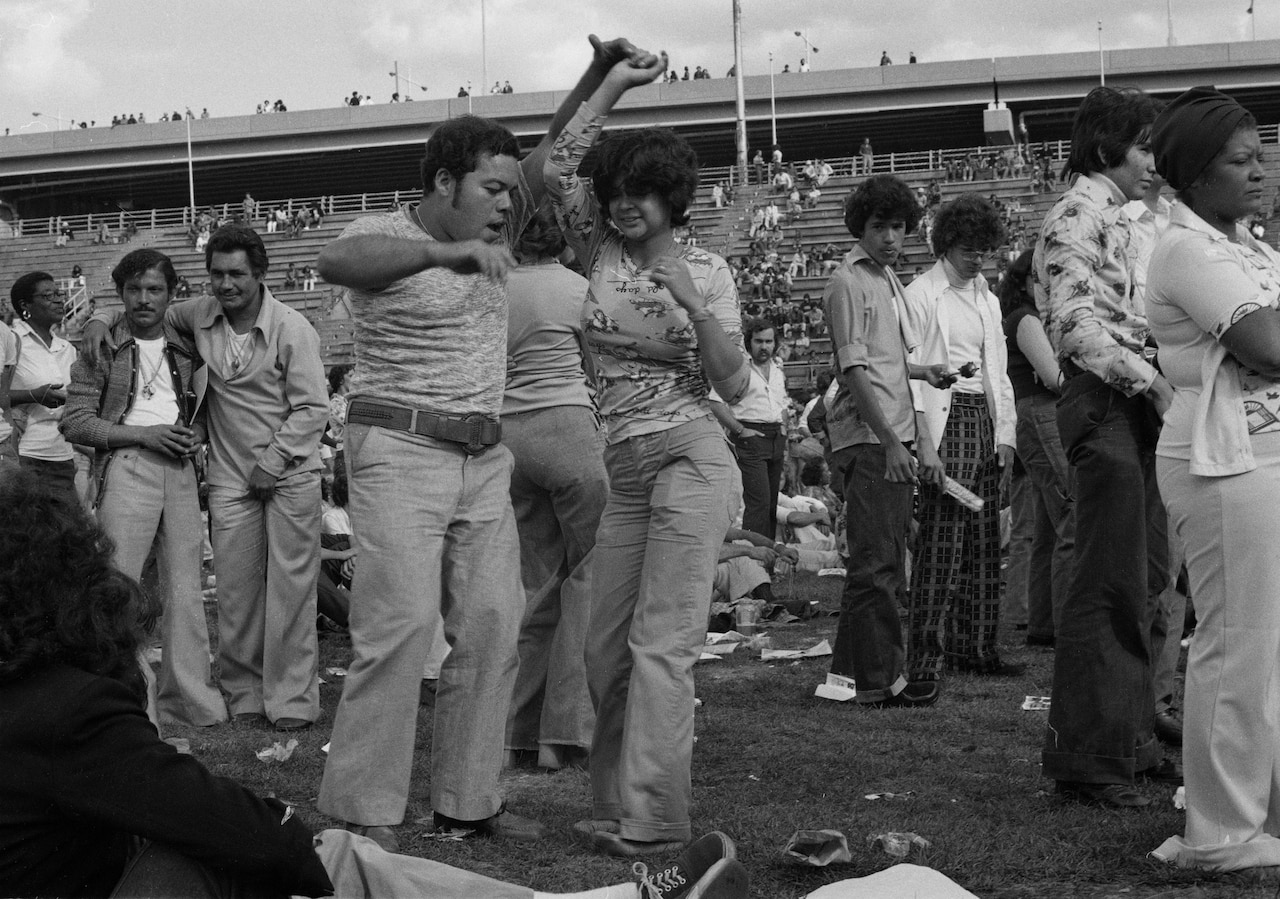
Courtesy of José “Yogui” Rosario and Pablo E. Yglesias
When Eddie Torres began codifying his style, he looked to ballroom dancing and gave different moves names. Trying to “sophisticate” street style can be problematic, Washington noted, because New York dancers have so many regional and historical influences: “We can never say how we dance salsa in New York City. No other country is dancing like us because there are so many other influences – from Puerto Rico to Broadway.” Photo: José “Yogui” Rosario / Text: Jessica Lipsky
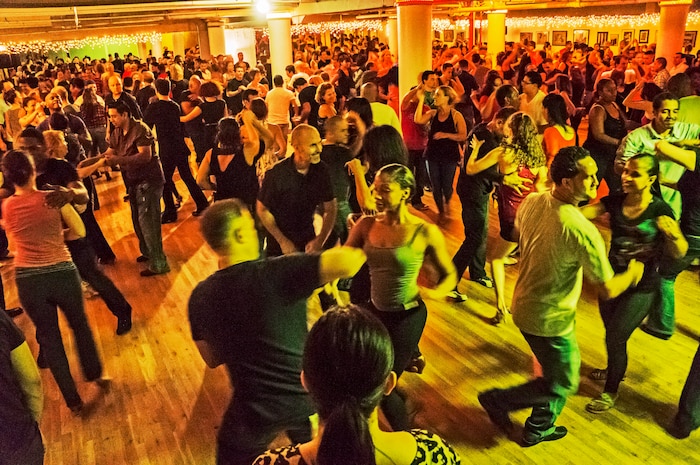
Courtesy of Hazel Hankin
Following the evolution of ’70s “salsa dura” into the softer, slower orchestrations of “salsa romantica” in the ’80s and ’90s, salsa culture today centers around reunion bands and recorded music that mixes “salsa dura” with merenge and bachata. Locally, there is a huge market for salsa classes, socials and ballroom dances. Worldwide, many Latin countries have developed their own affinity for the music.
“It was mostly Cubans before the rise of the Cuban Revolution, and later Puerto Ricans after the embargo. Now people from Colombia, Ecuador [have salsa scenes]. Salsa is the voice of different Latino ethnic groups; other music is not that voice,” Washington said. Photo: Hazel Hankin / Text: Jessica Lipsky
